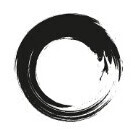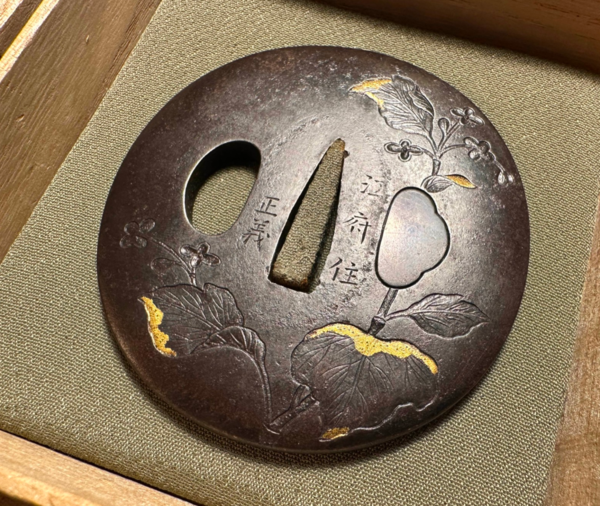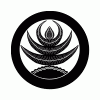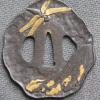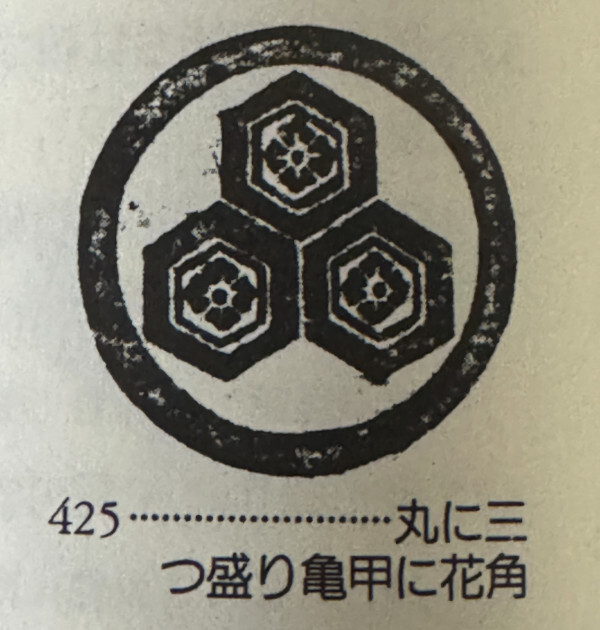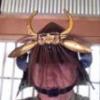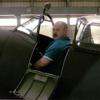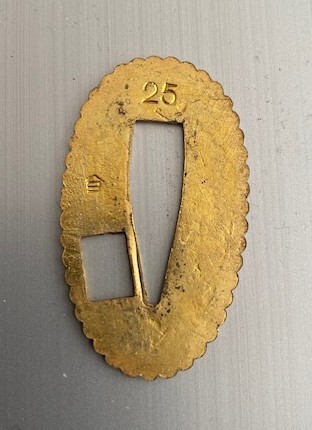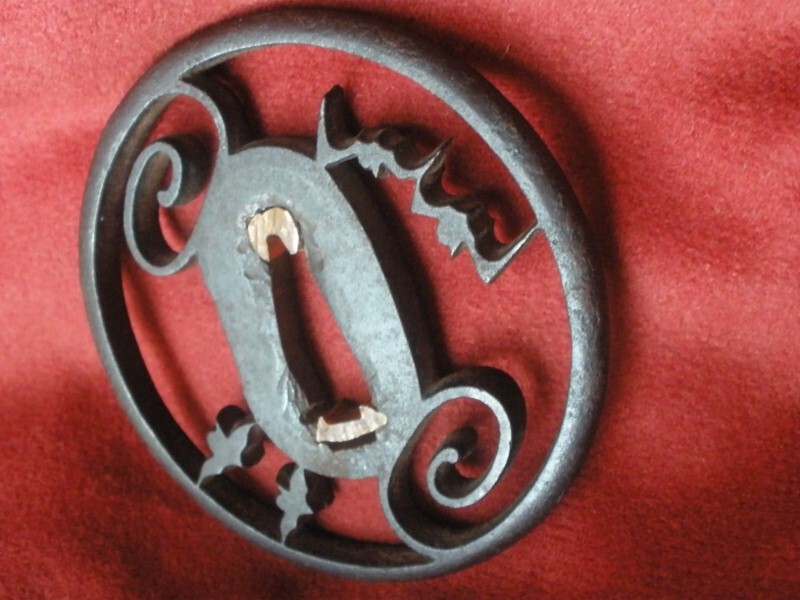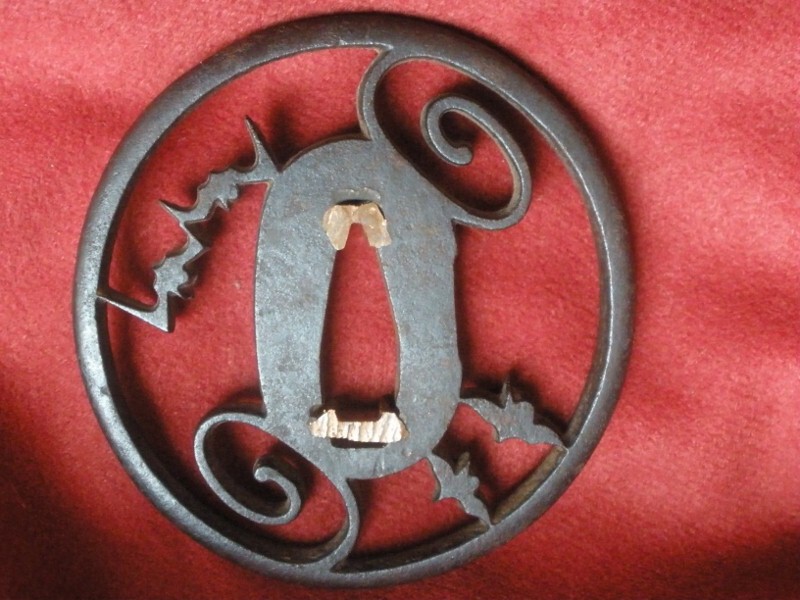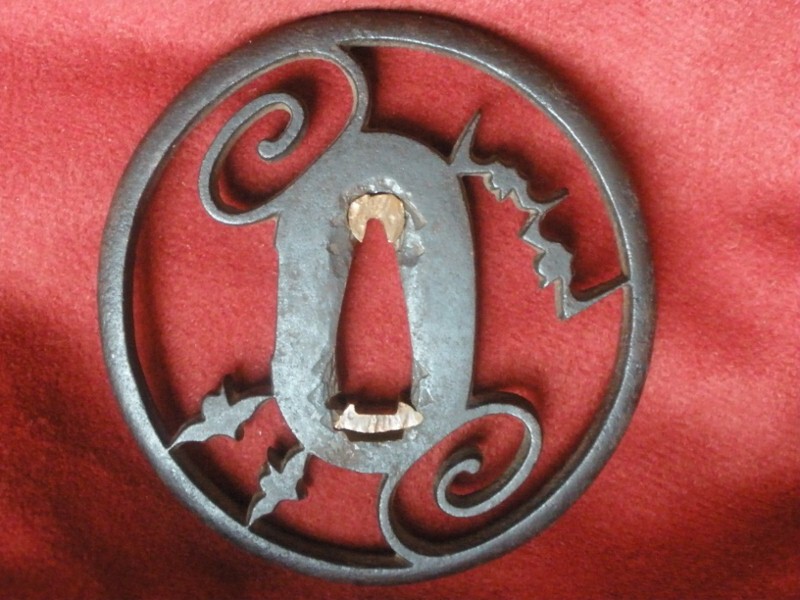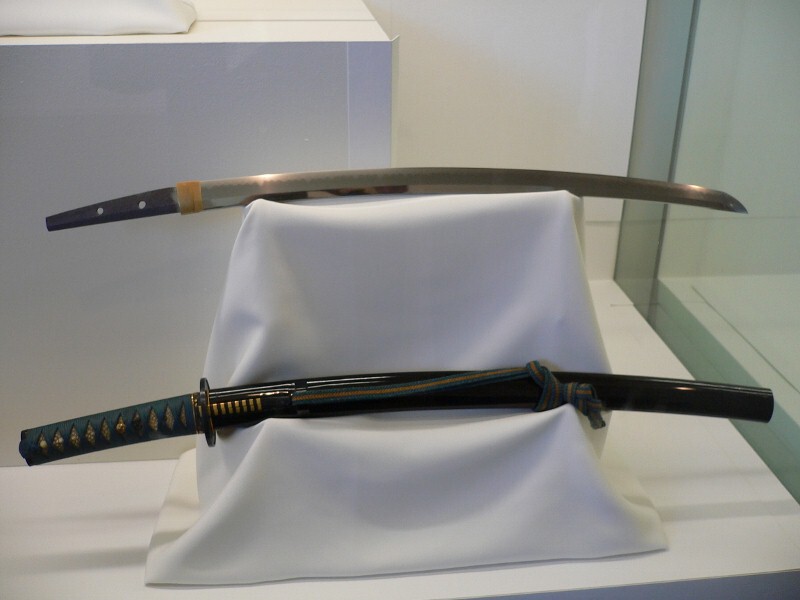Leaderboard
Popular Content
Showing content with the highest reputation on 10/03/2024 in Posts
-
10 points
-
8 points
-
7 points
-
7 points
-
What appeals to you in tsuba? Collecting any art form is an adventure in seeing, so it is about developing my eye and my taste. i have been doing this for a long time and I am still learning new things Since this is a Japanese art form, then I think learning the Japanese standards for quality is important My focus is, what is good quality and taste from a Bushi perspective? What we know about Bushi taste comes largely from Akiyama Kyusaku, who was a Tosa Samurai that was assigned to evaluate sword fittings for the Tosa Daimyo. After the Meiji Restoration he continued to study and write about sword fittings and published a lot of his ideas in a journal called Token Kai Shi. His last student was Dr. Torigoye Kazutaro, the Mentor and Sensei of Robert Haynes, who translated much of the Akiyama and Torigoye aesthetic ideas in Tsuba, an Aesthetic Study. Sasano Masayuki was also heavily influenced by Akiyama and published several work in English. Tsuba, an Aesthetic Study separates tsuba into Tsubako (mostly ironsmiths) and Kinko (mostly softmetal carvers). The tsuba of the Bushi were mostly made by the Tsubako. I usually do not have much interest in the Kinko, especially Edo period machibori, which was marketed to the Chonin class, the commoners below Bushi in status, but some wealthy enough to own short swords. The urban Chonin had their own aesthetic ideas, look up "iki" and "kwaii" and "kabuki" to get some sense of that. What appeals to me are the tsuba that I think would have been chosen by warriors. These will be rather quiet, sober and serious and are well made and strong. They may also show the influence of Wabicha (a type of tea ceremony) and may express Buddhist concepts, but not necessarily Buddhist symbolism. They can be very low key and it takes study to understand this type. To the uninitiated some of them look like iron mud pies. Regarding the quality question, there is an essay by me in the Downloads section that goes into what is quality in iron (Tsubako) tsuba.7 points
-
6 points
-
Armour is a personal representation of their owners, it involved the skill of multiple craftsman and is a synergy of function and style. It is an interesting field of study because it is not as well researched and is relatively inexpensive and under valued in the great scheme of things.5 points
-
5 points
-
5 points
-
5 points
-
4 points
-
4 points
-
Well hwando and nihonto does look similiar(both countries have wrote something like "Yeah, Japan's / Korea's sword look similiar to ours" in their history)... but crude katana is just a crude katana. The term "hwando" was actually meant "single edged blade" in Joseon dynasty, just like the term "nihonto" itself means "Japan's sword." For hwandos before Goryeo dynasty we don't have enough relics left, so I'll just pick differences between Joseon dynasty hwando. These are some differences: - Yokote : Hwando doesn't have one. If the sword has yokote but is labeled hwando it highly means that hwando re-used nihonto blade. - Hamon : Both has hamon, but hamon itself wasn't real important in Korea. If the blade emphasizes hamon, that would likely be nihonto(or nihonto replica) than hwando. - Sori : You can't figure them with sori. - Tassel on tsuka : Many hwando had tassel on its tsuka for decoration. - Tsuba : Hwando doesn't have kogai or kozuka on its sheath. Therefore, hwando's tsuba also didn't have kogai-ana or kozuka-ana, normally just a plain plate or maybe one small hairpin hole. There were some hwando tsubas that imitated nihonto tsubas at late Joseon dynasty but still that hwando will not have kogai or kozuka. Also, this is not the significent difference but because of historical reasons hwando became shorter and narrower than nihonto during Joseon dynasty. Blade length is simliar to katana but weight is bit lighter.4 points
-
News Flash. A shot term display, 4 days only. Thursday the 3rd through to Sunday (inclusive). A selection of quality sword fittings, lacquer and kabuto. At the following location :- ARTVISORY GALLERY 31O Toorak Road, South Yarra. Melbourne. If you are in Melbourne it's worth the effort. Here is the online catalogue. Samurai items start at number 72. https://issuu.com/ar..._and_creation_online Mark4 points
-
3 points
-
For me, the appeal of collecting tsuba lies in the history they hold and the thrill of the search. Good tsuba (for me) carry the story of their time, from the hands that crafted it to (ideally) the warrior who used it. Delving into the history of sword fittings gives me a sense of being connected to Japan’s cultural heritage in a tangible way; something I hope my Japanese children will eventually appreciate. In addition to the history, I love the hunt —sifting through collections, auctions, or online markets, always on the lookout for a piece that stands out for its craftsmanship or as a good example of a school that is under-represented (or missing) from my collection. There’s something incredibly rewarding about uncovering a tsuba and knowing it’s found a new steward in its long journey.3 points
-
Hi everyone, I run a small auction house, this is my first time posting and I think it's quite special. We randomly had a guy come in and drop off a Hitsu with a complete suit, Katana, Jingasa and fan (not sure the name). We have sold quite a few suits for a local collector with the information usually being provided by him. I think this suit is waaayy better than anything we've had before and I'm wondering if anyone has any information about it. The silver inlay and chased bronze scream high quality. Check out the photos and if there's anything else you want to see let me know and I'll add it! Hope this is allowed, here's the link to more photos.. https://drive.google...HC1jqUMG?usp=sharing Thanks, Angus2 points
-
2 points
-
Martin, Google “Japanese boys day” or “Japanese children’s day” and “Genpuku ceremony” This will give you a good understanding of both the annual boys (children’s) day celebrations and also the boys “coming of age” ceremonies. Basically a sword of greatly scaled down proportions ie fit for a child was often gifted on boys coming of age and also often displayed on the annual children’s day. These ceremonies go way back into distant Japanese see history. Such swords are usually of very modest quality and often carry dubious Mei of famous smiths. Having said that, some can be quite fancy reflecting the wealth of the family. Hope this helps. Best.Colin.2 points
-
2 points
-
2 points
-
2 points
-
1 point
-
1 point
-
Not being very knowledgeable on Korean weapons but: Its a complex question since there is a variety of blades and koshirae styles. If its blade-wise, first thing I personally look at is nakago. Continental swords in Japanese style are more likely to have either completely flat or at least very low shinogi profile in this area. Contiental tsuba has a rectangular opening, which underlines the difference in nakago profile. Yokote is often shaped differently on continental even if it mimics the Japanese style well, and kossaki proportions are generally expected to be different. Polishing is significantly different and generally jigane is not well accented, but this is often not obvious since there can be no polish remaining. Etc. Etc. Etc. In regards to tsuba - often similar to Hizen Nanban, some examples are very large tosho/katchushi-like pieces, but there was a huge variety of styles throughout the many centuries. Late 16th, early 17th century examples often do have kogai/kozuka ana but they are not functional (very narrow or curved), related to period fashion and appear more often on soft metal (uncommon) examples.1 point
-
1 point
-
Shodai Shimizu. Founder of the Jingo school. Ref: published in Ito-san's books.1 point
-
Martin, thank you! It has indeed the length of TANTO but is does not look like one.1 point
-
Just as an FYI, I emailed the JSSC in April to inquire about their beginners course. Fred quite nicely emailed me back, indicating he was likely going to be retiring and so wasn't going to be offering the course. May be why you have not received a response.1 point
-
That's alright, I managed to search through all relevant sword books today. Stumbled onto this website today and I can really recommend it, it's a virtual library where you can "borrow" all the sword books you want for free, basically just reading them in your browser without the function to save them. And because they are digitalized you can even search for words and terms like "swedish steel". Great for when you want to conduct quick research on very narrow topics. https://archive.org/1 point
-
Well back to the armor! I think we are talking about a "Tetsu sabiji nimai-dô gusoku" (russet iron two part-cuirass armor - simplifiyed naming!) with nunome-zogan adornment, might dating back to the latter half of the Edo period. The helmet is a so called "Hoshi-kabuto" (or Koboshi-kabuto)* of rather good quality. Unfortunately the provided pictures don't tell much about the whole. What I can say is that kote (sleeves) and suneate (shin guards) comming from a matching set, but it seems the haidate (apron) is missing. This is also true for the dô (cuirass) and the kabuto (helmet)*. In case of the Jingasa (bajo-jingasa = riding hat) and the ogi (fan), however, we can't be sure... Note, the dô is insofar interesting, that it was made to look like a rokumai-dô (six part cuirass)! A word about the mon (coat of arms) that makes the helmet and the cuirass "matching". The example below is very close and probably related at least to 3 families, namely: 島村氏, 河村氏 and 茅野氏. The names have several readings so I won't go deeper for the time being... * The helmet might be older. It would be nice to have some more pictures (front-, side-, back- and top-view) as also some shots from inside, if the liner (ukebari) allows it?!1 point
-
Just to complete the story, I passed on my thoughts on the collection in a detailed reply to the curator. I thought given the limited funds available the museum should know what they have and that many of the pieces are not what they purport to be. eg the signed Yukihira tanto. The Masamune is worth more detailed inspection but in light of the entire collection, its highly unlikely to be a real Masamune. Perhaps another Soshuden Masterwork piece and that if the museum wanted they could have a trained togishi open up a window to expose the jihada and hataraki. If worthy of a full polish to have it returned to Japan for a high end mukansa polish. In its current state almost impossible to glean any further insight. I'm guessing the Curator didn't appreciate the feedback and never responded...... but better to know right. Btw a preeminent expert inspected another sword, which wasn't at the Steyr museum when I visited, and signed Sadamune. He says that was also Gimei.1 point
-
On this site they mention an "O-iwai Zashi" said to have been made by Iga no Kami Kinmichi. - 延寿而抱福(お祝い差)伝日本鍛冶宗匠 伊賀守藤原金道(五代) Den Iganokami Kinmichi - 日本刀の通信販売 明倫産業株式会社 (nipponto.co.jp) I find myself wondering if the term can be applied to any blade that is worn for the genpuku ceremony. 'A blade for the celebration.' Or does it mean a blade that is created specifically for such a ceremony? Even so, a quick search of the J internet does not pull up much information about that specific expression. I am willing to learn!1 point
-
I have also had this happen once with a shipment from Japan to the US. It was also DHL and the reason I was given was that the total amount of value for combined items triggered this new fee. I told them that was ridiculous because I did not have this happen with previous shipments of even larger value. They refused to give me my items unless I paid, and I did as at this point an extra $100 was not worth not getting my pieces. I have never had an issue when using EMS. Jason1 point
-
Are there any measurements available? To me, it looks more like a WAKIZASHI on these photos, and it has a typical SUGATA of one. TANTO are not daggers (these have 2 more or less parallel cutting edges), and most of them are not made in SHINOGI-ZUKURI, but in HIRA-ZUKURI. As Colin stated, it is probably and simply a boys day sword.1 point
-
For me it is the art itself, the combination of design and workmanship. In all those years I saw a lot of Tsuba and interestingly most of them don’t appeal to me. I flip through the dealer’s sites or look at the offerings at meetings, but only a handful catch my eye. If I buy pieces it is out of interest or for studies. But every few years there’s one which arouse the ambition to possess them in a flash. I can’t tell why, maybe they look perfect to me. Those I esteem especially. Best, Florian1 point
-
Magic! I think the guard displays at least some of the "Lucky" treasures of the gods - Magic price for a little treasure! https://en.wikipedia.org/wiki/Takarabune#:~:text=The gods carry with them,巻き物 makimono)%2C the magic mallet The gods carry with them takaramono (宝物), or treasure things, including the hat of invisibility (隠れ笠, kakuregasa), rolls of brocade (織物, orimono), the inexhaustible purse (金袋 kanebukuro), the secret keys to the treasure shed of the gods (鍵 kagi), the scrolls of books of wisdom and life (巻き物 makimono), the magic mallet (小槌 kozuchi), the lucky raincoat (隠れ蓑, kakuremino), the robe of fairy feathers (羽衣, hagoromo), and the bag of fortune (布袋 nunobukuro).1 point
-
I would like to present my most recent work accomplished with help from Spartancrest who chose the design, did the research to confirm dimensions from the collection curator at the V&A museum where the original is kept and provided the Kanji so I could have a proper mei. Dale and I did some careful planning to create this Utsushi and there are some details I wish to explain that make this work uncommon. As Dale describes it The spider is a problematic design done in this manner because it is difficult to place the legs in a way that make a usable tsuba. The design is based on the Legend of Watananbe who killed a great spider. The project took about six months to complete. All of the work was done by hand using only hand tools and finishing stones The eyes and stinger are Shakudo. The original of this piece is asymmetrical I went to great effort to make my work symmetrical as a way to distinguish the piece as a copy. Funny thing is though despite all the effort my piece ended up asymmetrical as well as if fate or karma predestines this design to be that way.1 point
-
Hi All, Just got this Shin gunto in a black leather covered saya, Non pierced tsuba, full set of 8 seppa all with the number 25 stamped on them plus another small inspection stamp. The nakago is signed (I think) Shimada Yoshisuke. No Seki or Showa stamps The only stamp it has is a warrior stamp. For interest, Here is the Signature Hamon And finally tsuba and seppa stamps All the best1 point
-
1 point
-
1 point
-
Ok, time for a really stupid question.. but this post also doubles as a bump to keep this great thread on top! So here goes: Why are some of the blades in the pictures laying on the HA?1 point
This leaderboard is set to Johannesburg/GMT+02:00

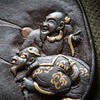
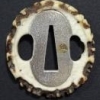
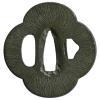
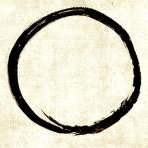

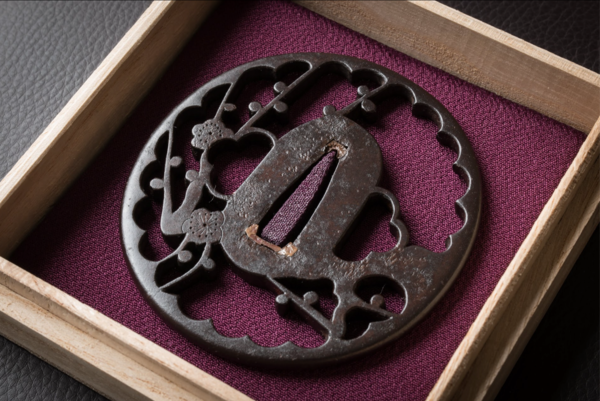
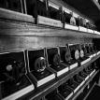

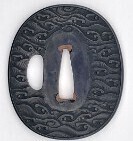


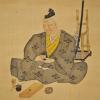



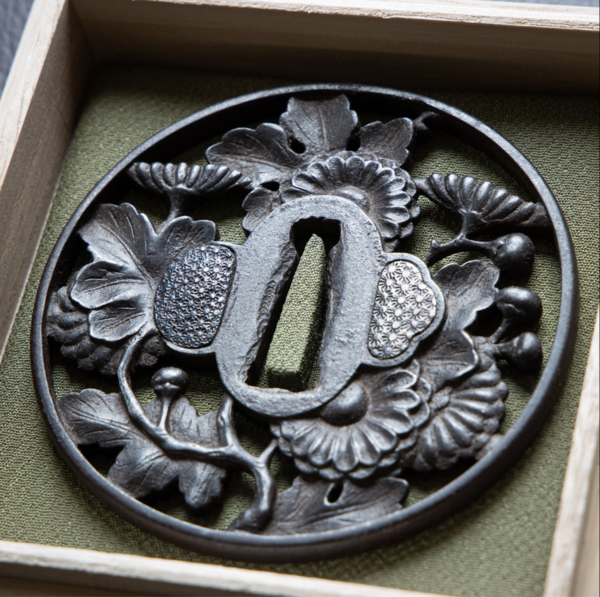
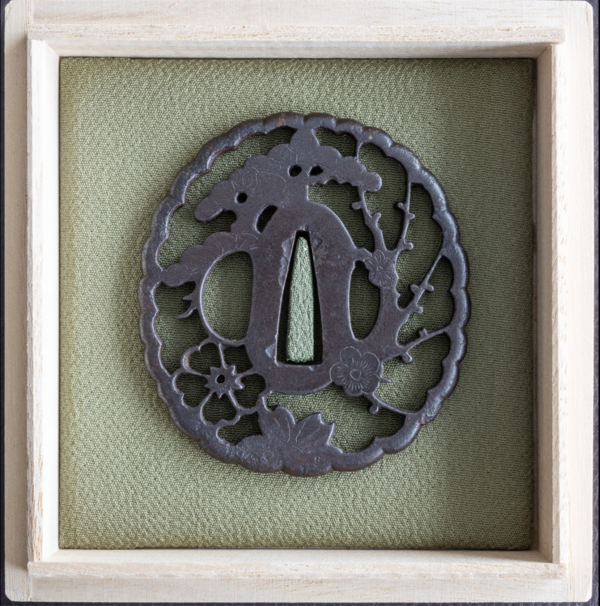





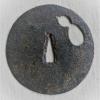


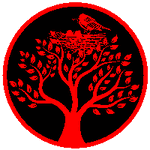

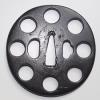



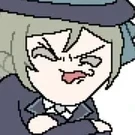
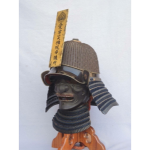


.thumb.jpg.dfa7eea8344e44004fa40823c4ae9550.jpg)




